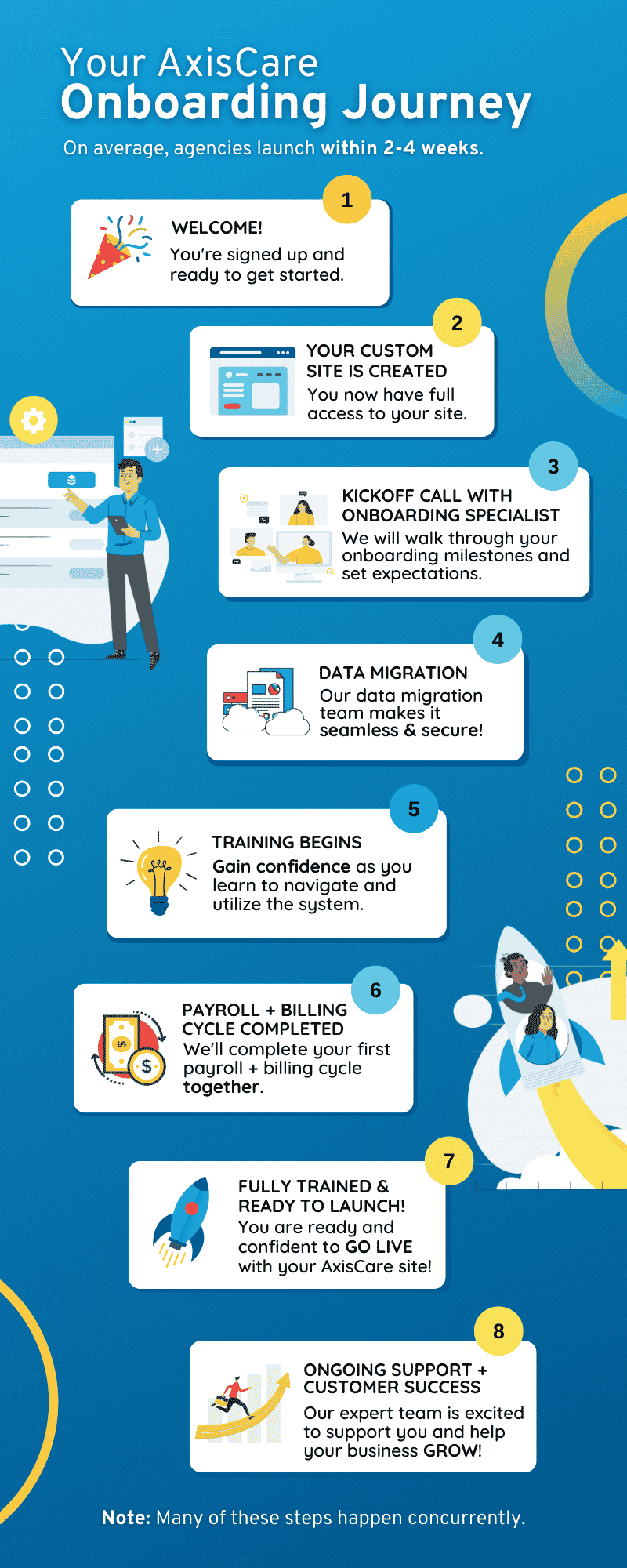Once upon a time, health care was predominantly prescriptive. A doctor would assess patients and deliver standardized prognoses and recommendations, and that would be that. However, in the modern age, especially with the growing popularity of person-centered care (PCC), there has been a push for health services to become more tailored to the individual.
Given how burdened our healthcare systems have become and how few and far between resources can be, this is certainly not an easy feat. However, change happens incrementally, and cultural competence is a great place to begin the journey towards incorporating PCC.
Understanding Cultural Competence
Understanding each patient’s unique background, worldview, preferences, and language is key to providing exceptional care. Cultural competence aims to reduce—and ultimately eliminate—discrepancies in quality related to racial and ethnic divides, namely those driven by a lack of education and sensitivity.
A report published by Georgetown University’s Health Policy Institute discussed a number of contemporary challenges related to diverse patient groups in the United States. Not only are ethnic minorities more likely to experience chronic illness, but they are also less likely to have access to ongoing care and health insurance.
Factors like language barriers and low literacy can also hinder the patient-caregiver relationship: the report found that approximately 18 million Americans (48% of the population) speak English less than “very well,” and another 40-44 million do not have the literacy skills to properly navigate daily life. Unless agencies are able to create one-to-one matches between caregivers and patients who speak the same language – which is exceedingly unrealistic – the quality of care is sure to suffer.
All of these elements create lower satisfaction rates among ethnic minority patients, creating a major opportunity for home care agencies to bridge a very real gap that’s only poised to increase with time.
Why is Cultural Competence Important in Home Care
- Improves communication: The more a caregiver knows about a patient’s language, customs, and values, the better they can tailor their approach to align with their worldview.
- Builds trust: Patients who feel their caregiver has taken the time to understand them as individuals are more likely to trust in their abilities and the healthcare system as a whole.
- Boosts satisfaction: If clients feel seen and heard during an appointment, they are more likely to come away with a positive opinion about their interaction with their caregiver.
- Improves health outcomes: Patients who understand their care plan and feel as though it reflects their values will be more inclined to stick to its recommendations, therefore improving their long-term outlook.
- Facilitates access: Cultural competence ensures that care is both equitable and sensitive to diverse populations’ unique needs, removing barriers to access among patients who are often the most vulnerable.
The Challenges of Implementing Cultural Competence
Cultural competence is a delicate and highly nuanced approach, so it is bound to come with its share of implementation challenges. As much as agencies might want to serve patients who speak a range of languages, it’s not that simple to build a team of caregivers with such a broad skill set.
Cultural competence also requires specific training, which requires agencies to either build out a program or hire an expert to come in and instruct staff. This process requires both time and resources, which tend to be in chronically short supply.
Even with the best of intentions, there is also the risk of caregivers factoring in cultural competence a little too much, which creates a “horseshoe” effect that can lead to stereotyping: making assumptions about clients based on their culture, rather than trying to understand their preferences and needs.
To avoid these pitfalls, let’s take a look at a few basic strategies for implementing a successful cultural competence program.
Strategies for Implementing Cultural Competence
Cultural Sensitivity Training
Never underestimate the importance of caregiver training. Ongoing education to increase employees’ cultural awareness, knowledge, and skills is a foundation step toward implementing cultural competence.
Since this is a new frontier for many agencies, few will possess the internal resources required to deliver this training; in these cases, collaborating with cultural competency trainers, local community leaders, or organizations that specialize in diversity and inclusion is the best way forward. They will already have proven frameworks in place to deliver this specialized training.
Matching Caregivers With Patients
While it’s not realistic to maintain a one-to-one cultural match between caregivers and patients, agencies can certainly do their best to pair their existing human resources with culturally or ethnically similar patients.
The easiest way to do this is with home care scheduling software, which enables automatic matching based on various criteria. It takes into account the preferences of both the caregiver and the client side, assigning staff to shifts that most closely match their expertise and qualifications.
Involving Family Members in Care
A patient’s social mosaic cannot be fully understood without also considering their family situation. By understanding family dynamics and roles in different cultures, caregivers can provide a higher quality of care while maintaining harmony and engagement across the board.
Agencies can facilitate effective family involvement using online care portals, establishing clear roles to avoid overlapping responsibilities, and simply acknowledging family members’ stress throughout the caregiving process. A little affirmation can go a long way towards building trust-based bonds.
Improve Patient Outcomes With AxisCare Home Care Software
Incorporating cultural competence into home care is an essential step toward delivering truly personalized, person-centered care. By opening the lines of communication, earning patients’ trust through action, and involving families in a holistic sense, agencies can better address a diverse range of patients with compassion and understanding.
Change management is a challenge no matter the implementation; supporting your cultural competence efforts with home care software is a great way to remove manual work from the equation and automate as many steps as possible, leaving your staff with more time to focus on what matters. Request a live demo today to learn more about how AxisCare can help your home care business thrive.









